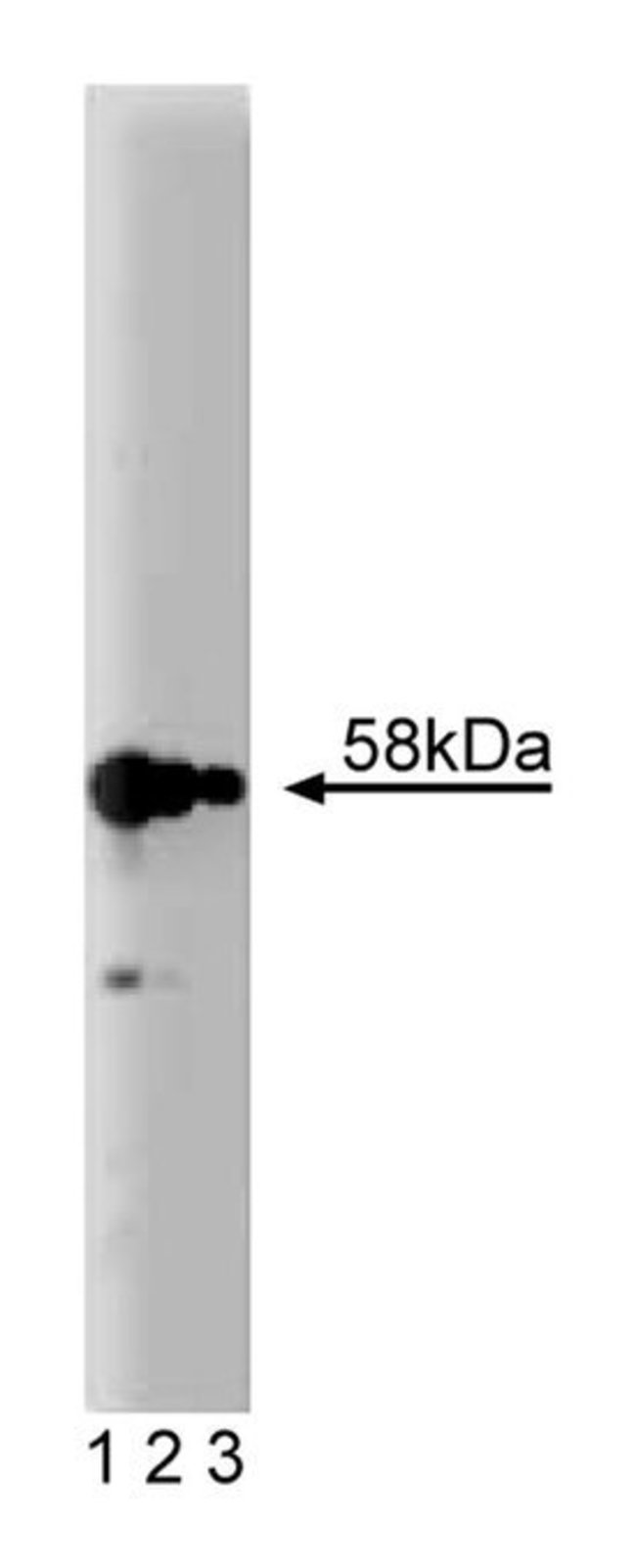Karyopherin α Mouse, Unlabeled, Clone: 2, BD, Mouse Monoclonal Antibody, Each

Details:
The two step process of importing proteins into the nucleus involves the binding and interaction of several cytosolic and nuclear pore proteins. Proteins to be translocated into the nucleus contain a nuclear localization sequence (NLS) which is recognized and bound by carrier proteins in the cytosol. Heterodimers belonging to a highly conserved family of proteins called karyopherins are required for successful nuclear localization of cytosolic proteins. The α-subunits appear to function in the binding of NLS (both simple and bitartite NLS motifs), but both α- and β-subunits are required for successful docking to the nuclear envelope. ATP is required for complete translocation of proteins into the nucleus. Karyopherin α2 was first identified as Rch-1, an NLS receptor which interacts with the RAG-1 recombination-activating protein in developing B and T cells. Rch-1 has been reported to be 44% identical to karyopherin α1 (hSRP-1 /NPI-1).Immunofluorescence, Immunohistochemistry, Immunoprecipitation, Western Blotting
Additional Information
| SKU | 10134989 |
|---|---|
| UOM | Each |
| UNSPSC | 12352203 |
| Manufacturer Part Number | 610485 |

